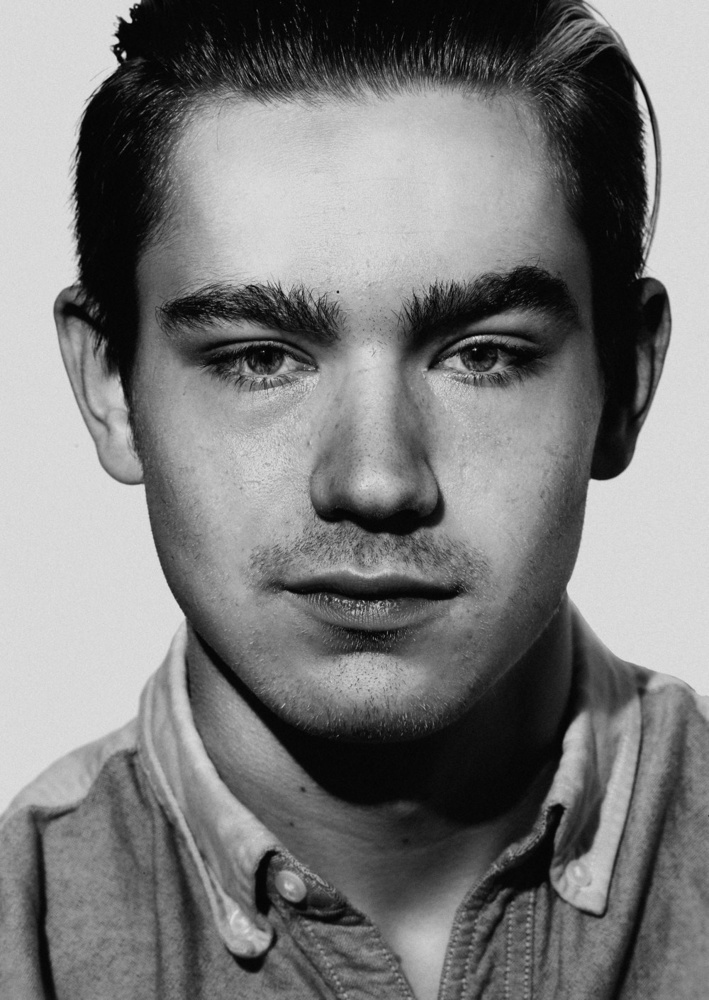Are you up to a creative challenge today? No matter how many lights you have in your kit, I challenge you to shoot your next portrait or film using just one light.
Many photographers and filmmakers who are just starting out may not have thousands of dollars laying around to invest into multiple lights. But the fact is, there really is not much need to. Whenever someone asks me what lightng kit they should get to start out, I constantly tell them to purchase one light, whether that be a speedlight, continuous LED light, or even just using their window for free. Light is light, you just need to how how to use it. You can turn any light into a multiple source setup depending on how you shape, modify, and utilize the resources given to you in a creative way. If you don't know how to use one light, you will not know how to set a scene with multiple. It all starts with the foundation.
For me, I find when I have limited resources, I create my best work, because it pushes me to solve problems in a creative way. In this weeks installment of Four Minute Film School, released by The Aputure YouTube channel, they interview Los Angeles-based filmmaker and director of photography Hunter Gulan. Gulan takes us through how he is able to utilize simple lighting techniques to light his scenes using just a single light source and how you can too.
One of the my favorite techniques to use when I have only one light to work with is bringing reflectors, flags, and diffusion into the mix and crafting my lighting scheme around the story that I want to tell. I always start with the key light, which I modify first. If I'm going for a more dramatic scene, I will put a bare reflector dish and position my light five to ten feet above my models face in order to create dramatic shadow and harsh falloff.

If I'm shooting a romantic scene, I modify the key light with layers of diffusion or a large softbox and get it as close to the talent as possible to output the softest and most flattering even light on my actor's face.

After the key light is dialed in, you can start to add in cutters or reflectors to bounce or subtract light in order to disperse the light in the scene and get the most out your one light. 
Post your best pictures using one light below in the comments!






I recently got into flash. This is a self portrait with my EOS RP, Nifty Fifty, and Godox V1.
What 50 are you using? I have the Tamron 45 that I use with the adapter and love, but would really like a small RF mount 50.
I only have the Canon EF 50mm f/1.8. I'm also looking forward to some cheaper glass native to the R system, so hopefully we'll get some this year. Otherwise, my adapted lenses seems to be working pretty well.
One of my go-to setups is a single large octa positioned high about three feet above the models head and pointed straight down (playing with a bit of an angle of to, maybe, 15 degrees) with the model standing anywhere from 2 to 3 feet outside of edge of the softbox. It's an easy setup up if you play with it and it always makes great light and is forgiving enough for the model to be able to move around quite a lot.
Mind-blowing.
Great advice. I always recommend starting with one light not a kit. Of all of the shoots I have done, when I think of the ones that I did poorly, the issue was usually too many lights.
Canon 6D EF85mm 1.2L. I bought a cheap soft box light setup that came with florescent bulbs and upgraded to LED and getting better results.